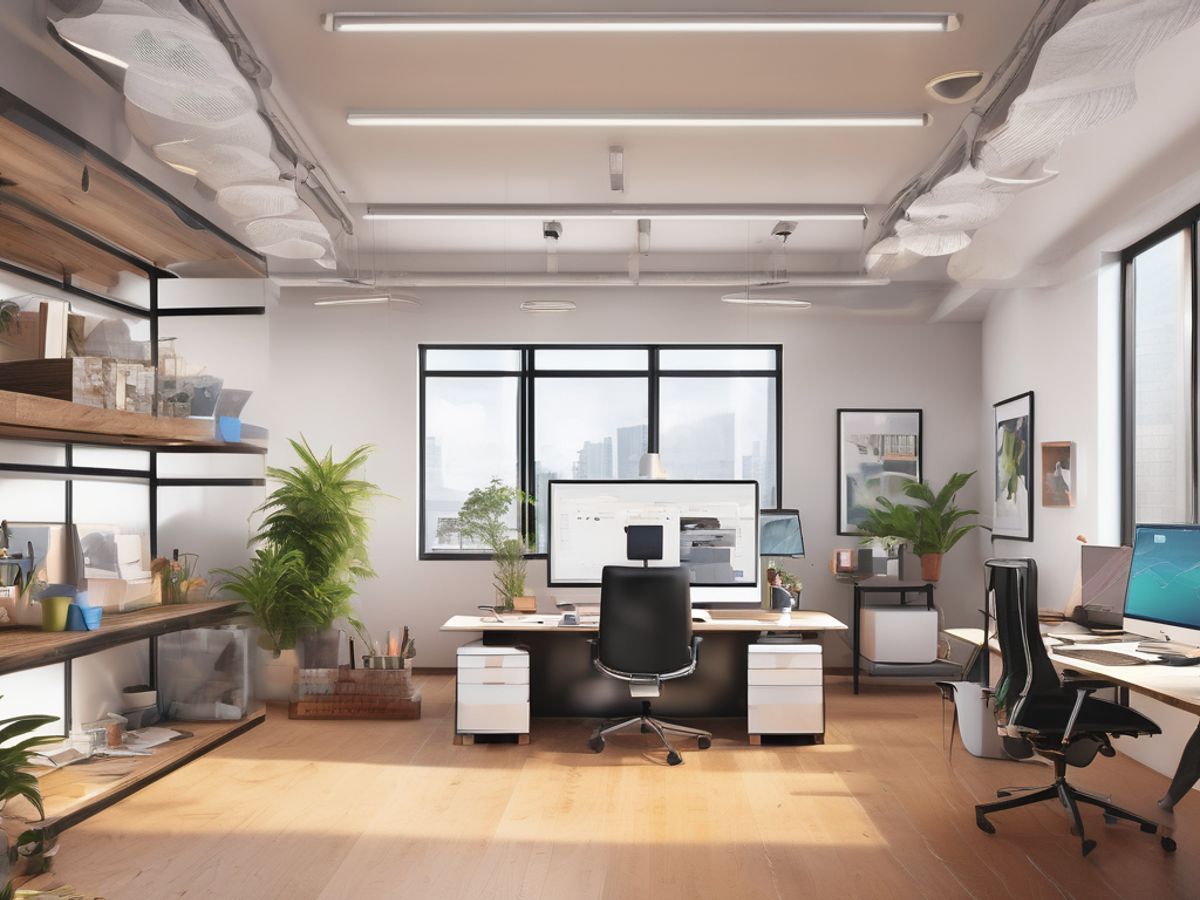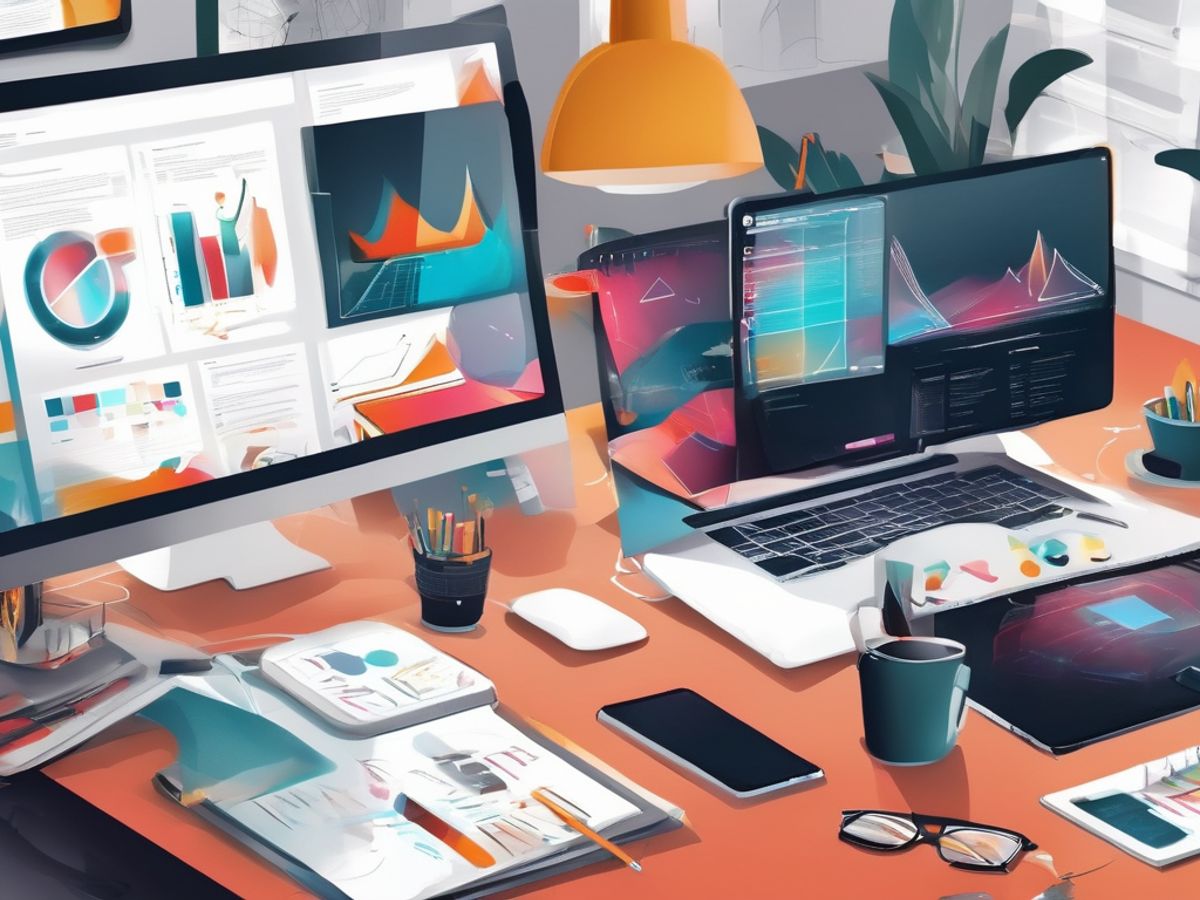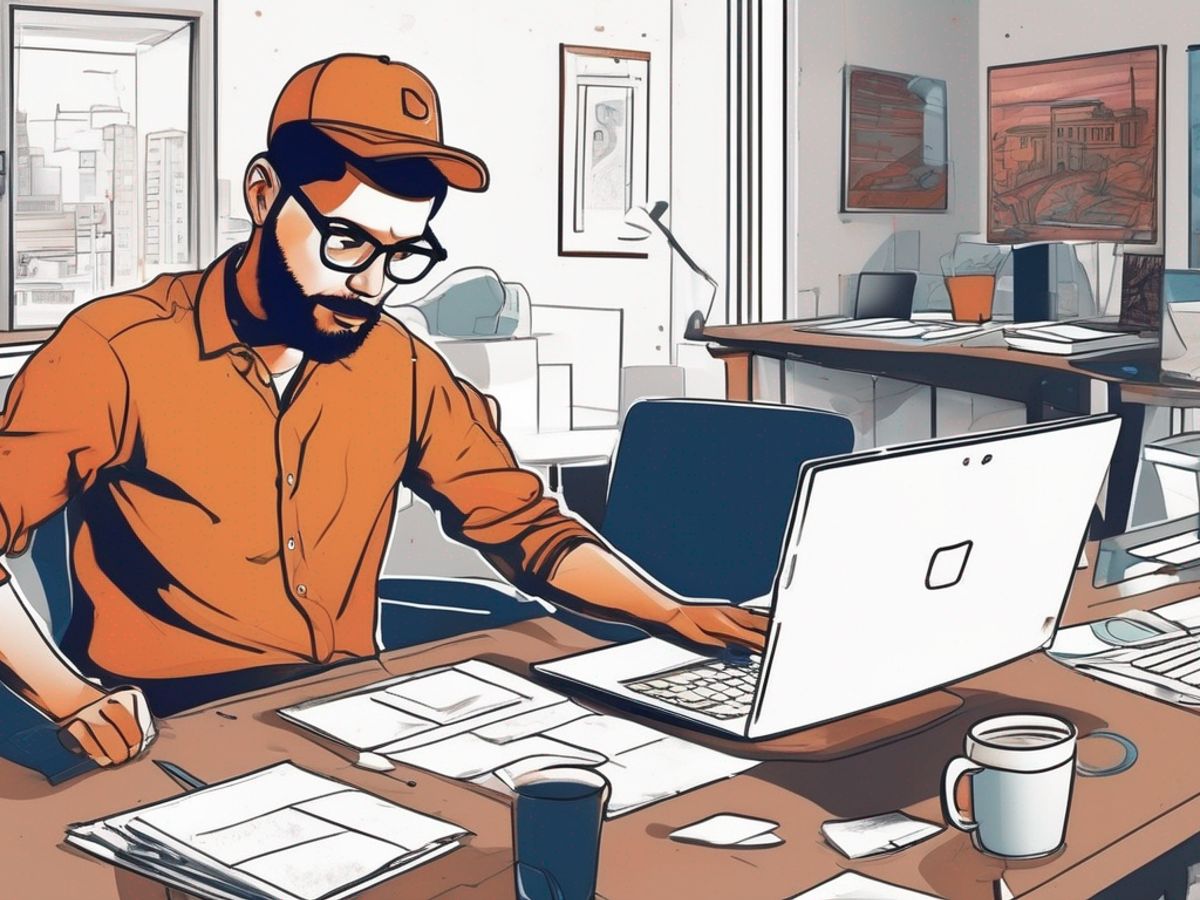Choosing the right freelance web designer involves more than just finding someone with the right technical skills; it requires a careful evaluation of their portfolio, communication style, and understanding of your local market. This article will provide you with essential tips to help you select a freelance web designer who can meet your specific needs effectively.
Key Takeaways
- Understand the specific skills and expertise of freelance web designers to ensure they match your project needs.
- Evaluate the designer’s portfolio for quality, diversity, and relevance to your industry.
- Ensure the designer has strong communication skills and is available for updates and feedback throughout the project.
- Consider the pricing structure and ensure it aligns with the quality and scope of services offered.
- Check reviews and testimonials to gauge past client satisfaction and the designer’s reliability.
Understanding the Role of a Freelance Web Designer
Skills and Expertise
When we consider hiring a freelance web designer, the first thing we evaluate is their skills and expertise. A proficient designer not only understands the technical aspects of web design but also grasps the aesthetic elements that make a site appealing and functional.
Communication and Availability
Effective communication is crucial in the freelance world. We expect our designer to be readily available for discussions, providing timely updates and being responsive to feedback. This ensures that the project moves smoothly and aligns with our vision.
Customization and Personalization
Every business has unique needs, and a freelance web designer must be adept at customizing designs to meet these specific requirements. Personalization of the web experience is key to standing out in a competitive market.
Evaluating the Portfolio of Freelance Web Designers
When we set out to find the right freelance web designer, their portfolio is often the first place we look. It’s a direct window into their past projects and the quality of their work. A strong portfolio not only showcases the designer’s skills but also highlights their ability to solve real-world problems and achieve tangible results for their clients.
Quality of Previous Work
The quality of work in a designer’s portfolio is paramount. We meticulously examine the details, looking for clean, professional designs that meet current web standards. It’s essential to see a variety of completed projects that demonstrate the designer’s ability to handle different design challenges and client needs.
Diversity of Design Styles
A diverse portfolio is a good indicator of a designer’s versatility. We look for a range of styles and approaches, ensuring that the designer can adapt to the specific aesthetic and functional requirements of our project. This diversity also suggests that the designer is capable of thinking creatively and applying their skills in varied contexts.
Client Testimonials and Feedback
Client feedback is incredibly telling. We delve into testimonials and reviews to gauge client satisfaction and the designer’s ability to communicate and collaborate effectively. Positive feedback, especially detailed accounts of successful collaborations, reassures us of the designer’s professionalism and commitment to quality.
By carefully evaluating a designer’s portfolio, we can make a more informed decision, ensuring that we choose a designer whose capabilities align with our project’s needs.
The Importance of Effective Communication
Effective communication is the cornerstone of any successful freelance project. We understand that setting clear expectations from the outset is crucial. This involves discussing project goals, timelines, and specific requirements to ensure both parties are aligned.
Ongoing Updates and Feedback
Regular updates and open feedback channels are essential for maintaining project momentum and alignment. We prioritize transparency and encourage regular check-ins to discuss progress and any adjustments needed.
Post-Project Support
Even after a project is completed, our commitment to communication continues. We provide comprehensive post-project support to address any further needs or adjustments, ensuring that the final product continues to meet your expectations.
Considering the Cost and Value Proposition
When selecting a freelance web designer, it’s crucial to balance the cost with the anticipated value. Understanding the various pricing structures is essential, as designers may charge hourly rates, flat project fees, or retainer agreements for ongoing work. For instance, hourly rates can range from $30 to $150+, which allows flexibility if the project scope changes.
Understanding Pricing Structures
Freelancers often offer different pricing models to accommodate the needs of various projects. Here are some common structures:
- Hourly Rate: Typically ranges from $30 to $150+ per hour.
- Flat Fee: Depends on the complexity of the project, usually between $3,000 to $10,000 for small to medium-sized businesses.
- Retainer: Suitable for ongoing maintenance and updates, priced monthly or annually.
Comparing Cost vs. Quality
It’s vital to compare the cost against the quality of work. Opting for the cheapest option might not always yield the best results. A well-designed website can serve as a long-term investment, enhancing user engagement and business growth. Consider the long-term maintenance costs that might accrue with cheaper upfront offers.
Negotiating Terms
Don’t hesitate to negotiate terms with your designer. A detailed proposal should outline project requirements, breakdown, timeline, pricing, and terms. This ensures both parties have clear expectations and helps prevent future disputes. Discussing budget early in the consultation process can help set the stage for a transparent and effective partnership.
Checking Reviews and Testimonials
When selecting a freelance web designer, it’s crucial to delve into their reviews and testimonials. This feedback not only reflects their professionalism and skill but also provides insight into their client relationships and project success.
Analyzing Client Satisfaction
We strive to understand the depth of satisfaction each client has achieved through our services. Reviews are a direct reflection of the impact our work has on our clients’ success. It’s essential to look for patterns in feedback that indicate consistent quality and client satisfaction.
Seeking Out Detailed Reviews
Detailed reviews offer a comprehensive view of a designer’s capabilities and their approach to client interaction. We prioritize reviews that provide specific information about the design process, communication, and final outcomes, as these are most telling of a designer’s professionalism.
Leveraging Social Proof
Social proof is powerful; seeing that others have had positive experiences can significantly influence decision-making. We consider testimonials and case studies essential, as they not only showcase our skills but also build trust with potential clients.
Assessing Technical Skills and Creativity
Technical Proficiency
When we look for a freelance web designer, technical proficiency is a cornerstone. It’s not just about knowing how to code; it’s about understanding the entire digital landscape, from UX design to SEO. A designer’s ability to navigate these technical aspects can significantly impact the success of your project.
Creative Problem Solving
Creativity in web design transcends traditional aesthetics. It involves innovative problem solving that can transform a basic site into a unique and engaging user experience. We value designers who not only bring creative ideas but also effectively implement them to enhance site functionality and user interaction.
Adaptability to New Trends
The digital world is ever-evolving, and staying updated with the latest design trends is crucial. We look for designers who are not only skilled in current technologies but are also quick to adapt to new tools and trends. This adaptability ensures that your website remains modern and effective, providing a competitive edge in the digital marketplace.
The Significance of Location and Proximity
When considering a freelance web designer, the significance of location and proximity cannot be overstated. Local market understanding is crucial for a designer to effectively cater to the specific needs and preferences of the area. This insight ensures that the design resonates well with the target audience, enhancing the overall impact of your website.
Ease of Collaboration
Working with a local designer simplifies logistics, making face-to-face meetings more feasible and enhancing mutual understanding. This proximity fosters a smoother workflow and quicker resolutions to any arising issues, which is especially beneficial for tight deadlines or complex projects.
Supporting Local Businesses
Choosing a local web designer not only benefits your project but also contributes to the local economy. By hiring locally, we support small businesses and foster community growth, which in turn can lead to more local opportunities and enhancements.
Understanding the significance of location and proximity can dramatically influence the success of your business. Strategic positioning not only enhances visibility but also connects you more effectively with your target audience. Discover how to optimize your business location by visiting our website. Let’s transform your business from ‘Meh’ to ‘Yeah!’
Conclusion
Choosing the right freelance web designer near you involves careful consideration of their portfolio, communication skills, and client reviews. It’s essential to assess whether their style aligns with your vision and if they demonstrate the professionalism and creativity needed for your project. Engage with multiple designers, compare their proposals, and ensure they understand your goals. By taking these steps, you can form a successful partnership that brings your digital presence to life. Remember, the right freelancer can make a significant difference in how your brand is perceived online.
Frequently Asked Questions
What should I look for when choosing a freelance web designer?
Look for a designer with a strong portfolio, diverse design styles, positive client testimonials, and good communication skills. Ensure they understand your market and can work within your budget.
How do I verify the quality of a freelance web designer’s previous work?
Review their portfolio for design quality and variety. Check client testimonials and feedback for satisfaction levels and the effectiveness of the designs in achieving business goals.
What is the importance of effective communication with a freelance web designer?
Effective communication ensures clarity of your project requirements, timely updates, and that the final product aligns with your expectations. It also helps in resolving issues promptly.
How should I discuss pricing and negotiation with a freelance web designer?
Understand their pricing structure and compare it with the market. Discuss your budget and project requirements clearly. Negotiate terms that align with the scope of work and ensure transparency in billing.
Why is considering the location of the freelance web designer important?
A local designer will have a better understanding of your market and preferences. Proximity can also facilitate easier collaboration and support local businesses.
How can I assess the technical skills and creativity of a freelance web designer?
Evaluate their technical proficiency through their portfolio and by discussing past projects. Assess their ability to adapt to new trends and solve creative challenges effectively.



